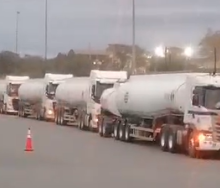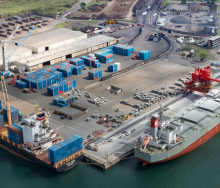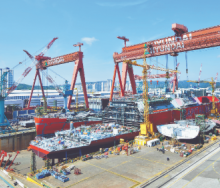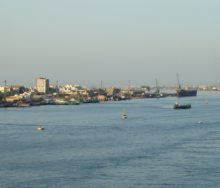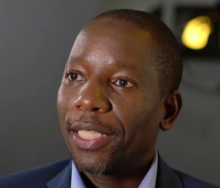Power parastatal, Eskom, and the Coega Development Corporation (CDC) yesterday (Tuesday) signed a memorandum of understanding (MoU) to cooperate in the development of South Africa’s nuclear new build programme (NNBP).
The two state-owned companies (SOCs) will work together to build local capacity through supplier development and localisation around the unfolding infrastructure for the nuclear programme.
Eskom executive for Group Capital, Abram Masango, said: “We want to ensure that South Africans get reliable, decarbonised baseload power that will bring sustainable economic growth. In addition, it is critical to lay the foundation for local people to participate meaningfully during the various stages of the project by skilling them for jobs as well as business opportunities.”
Areas of cooperation covered in the MOU include project management and implementation services for infrastructure development; skills development and localisation (SD&L); and stakeholder engagement and communications.
“An integrated energy plan carries with it the potential to catalyse the re-industrialisation of the East Coast Corridor manufacturing economy, translating into a higher and inclusive growth path and job creation,” commented CDC executive manager of Business Development, Christopher Mashigo.
Following Eskom’s application for environmental authorisation for the first nuclear power reactors, environmental assessment practitioners (EAPs) have recommended the Thyspunt site, which is located in Jeffrey’s Bay in the Eastern Cape, as the preferred site.
There have been concerns expressed around the safety of constructing a nuclear site there because of deep canyons in the bedrock hidden by sand and soft rock.
Maarten de Wit, a professor at the Nelson Mandela Metropolitan University and director of the Africa Earth Observatory Network, released a geological report last year highlighting that canyons in the bedrock would need to be secured. “If you are going to build anything on that, it's pretty prone to storms, sea level rises and tsunamis,” he said.
However, at the time, Eskom stuck by its guns, noting in a statement: “That work was incorporated in the Thyspunt seismic hazard calculations and is reflected in the seismic design input that will be used for the design of the power stations.”


